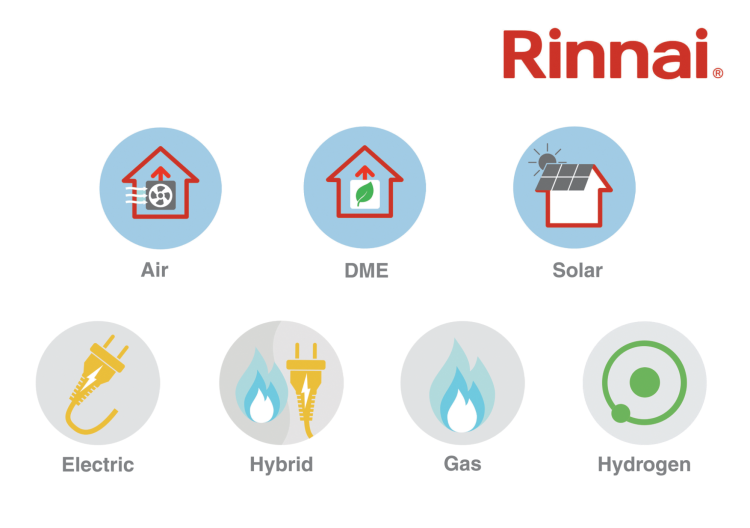- Content
- News
- Digital Twin to Analyse Energy Consumption Launches
14 July 2021
A digital platform that allows users to simulate and analyse building portfolios' energy consumption has launched.
The Energy Open Piazza (EOP) allows businesses to look at the potential economic savings and reduction of carbon emissions introduced by solar generation and energy storage and compile the business plans needed to implement energy transformations.
Digital Twins and Carbon Emissions
The built environment today is responsible for 30 per cent of total emissions globally. Real-estate owners and developers are aware of incoming regulations that will translate to punitive measures for non-compliant assets, but making the right decisions to plan the required investments can be a challenge. Energy transformation for the built environment is slowed down by uncertainty on costs versus benefits, as well as the general complexity of markets and regulations.
Simplifying the assessment process with the adoption of a digital twin of the building and its foreseen energy transformation is the starting point to understand what are the contributing factors to the reduction of carbon emissions and their economics.
EOP is the only online solution that provides programmatic access to a powerful set of algorithms with knowledge of the grid's energy pricing and carbon intensity. It takes minutes, instead of weeks, to prepare a business plan that enables decision-makers to invest in the transformation of their built assets.
BEIS and NRCan have invested £1.5 million on the platform to prove that hybrid buildings are the best CSR investment for a net-zero future.
How Does the Technology Work?
The onboarding starts by entering a UK building address, postcode or building name. The map geo-coding functionality allows to retrieve the building’s main characteristics - like size and type - and customise input where needed.
The platform simulates and analyses the building load profile based on total consumption, as well as detailed building information such as flooring and type of HVAC used. Users can upload their half-hourly smart-meter readings and compare them with simulated data.
The platform creates an initial recommendation for storage and generation based on the available data. Energy solutions can then be tweaked to better fit the forecasted type of use and consumption.
When users are happy with their scenarios, the system computes a detailed feasibility analysis.
Picture: a photograph of a wind turbine
Article written by Ella Tansley | Published 14 July 2021
Share
Related Articles
Government Announces £553m of Investment to Upgrade Public Buildings
Hundreds of public buildings in England will cut their use of fossil fuels and advance towards low carbon heating and energy efficiency upgrades, thanks to £553...
Read Full Article
Lack of Performance Design Awareness Hindering Built Environment Decarbonisation
Greater awareness of performance-based building design could be the key to more energy-efficient buildings and rapid progression in the built environment’s...
Read Full Article
Sustainable PropTech Companies To Receive €200m of Funding
A new fund has been launched to invest €200 million in start-up companies developing sustainable tech to target the carbon footprint of cities.
The venture...
Read Full Article
£350 Million Committed to Fuel Green Recovery
Prime Minister Boris Johnson has announced this week that UK industry will receive £350 million to cut emissions and drive economic recovery from COVID-19.
The...
Read Full Article
Dalkia Completes Decarbonisation Scheme at Arup’s London HQ
The £3.1 million scheme to decarbonise Arup’s headquarters at 8 Fitzroy Street is now complete.
Dalkia has delivered the validation, detailed coordination,...
Read Full Article
Scrutinising MEP Systems to Unlock Carbon Savings in the Built Environment
Can the built environment unlock substantial carbon savings by scrutinising mechanical, electrical and plumbing systems?
Max Gibbens, Senior Environmental Consultant...
Read Full Article
The UK’s Largest Net-Zero Housing Development
Barratt Redrow is set to deliver the UK’s largest net-zero carbon housing development.
With 576 new homes, a new primary school, open space, community buildings,...
Read Full Article
Retrofitting for Resilience – FMs Must Future-Proof Buildings Now
With extreme weather a recurring operational risk, facilities management teams must retrofit existing buildings to keep them comfortable, compliant and...
Read Full Article
Revolutionising HVAC – Reducing Emissions for a Sustainable Future
Luke Gorman from ABM explores the impact of HVAC on the environment and how facilities management now functions as a strategic ESG partner.
Luke graduated from...
Read Full Article
Building Research Establishment to Lead on Future Homes Standard Methodologies
The Building Research Establishment will work with the Department for Energy Security and Net Zero to develop both the Home Energy Model product recognition system and...
Read Full Article

.gif)

.gif)

.gif)







.png)

